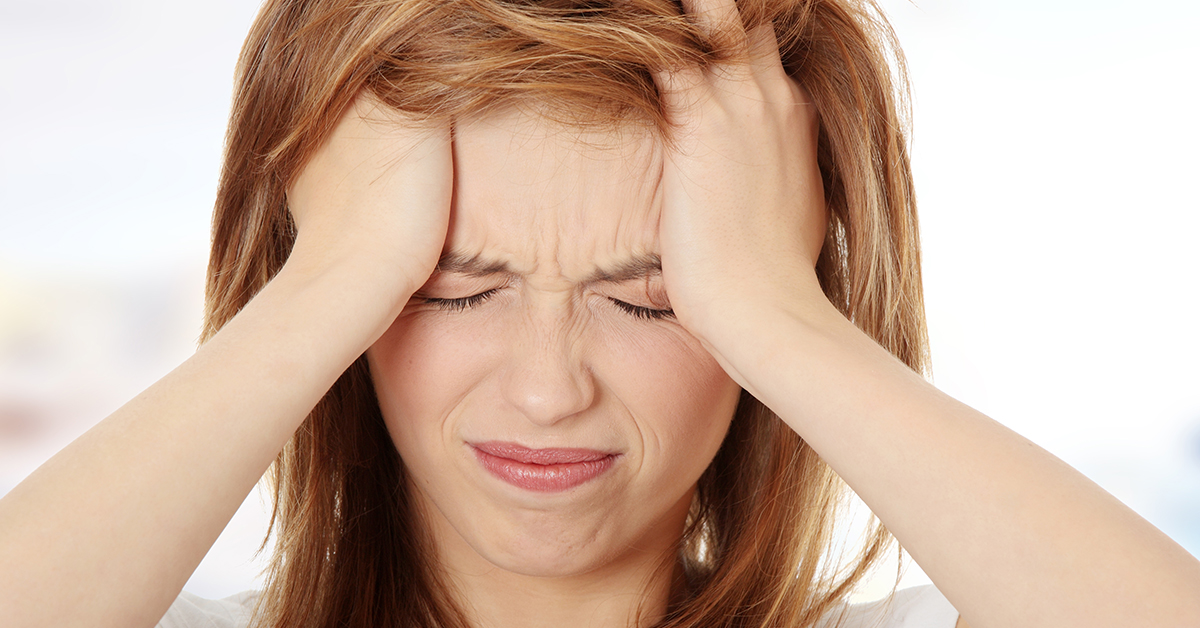Pop quiz: what are the most common causes of tension headaches? Find out here:

What is Tension Cephalgia?
Tension cephalgia refers to a form of headache. It is often related to spasm of the muscles in the neck and of the scalp. Sometimes, certain trigger points in the shoulders and in the neck can get stimulated and can also cause headache.
Tension cephalgia can occur due to a variety of causes. Trigger points and spasms of the muscles in the neck and shoulder are two of them. Diagnosis is clinical, and treatment primarily involves painkillers, muscle relaxants and massage therapy. Treatment outcomes are fairly good.
What causes Tension Cephalgia?
Tension cephalgia has been shown to be related to certain genetic factors along with physical and psychological stressors. Myofascial pain is also a cause of tension cephalgia.
While these are the possible causes, there does not appear to be any clear evidence explaining the reason why patients with myofascial pain and a low pain threshold develop tension cephalgia. It is believed that the pain impulses are transmitted from the muscles to the trigeminal nucleus caudalis resulting in referred pain to the head.
Symptoms and Diagnosis
The most common symptom is headache. However, if trigger points are the cause for tension cephalgia, patients may experience tightness of the muscles in the neck and in the shoulder. Spasms of the muscles in the neck can also result in tension cephalgia. The pain is particularly worse at the areas where the muscle is attached to the bone.
On occasions, these trigger points and muscle spasms are mistaken for fibromyalgia and research is underway looking at the relationship between these two conditions.
A detailed clinical history and examination is the best way to diagnose tension cephalgia. Patients complain of the typical symptoms and may have tightness in the muscles of the neck and shoulder on examination.
How is Tension Cephalgia treated?
In most cases of tension cephalgia, simple painkillers will help reduce the pain and relax the muscles. However this may not be effective in all cases and other treatments may need to be pursued.
One such treatment option is massage therapy. This is directed towards the type muscles in the neck and shoulder and massage therapy helps relax these. Patients find that the headache decreases in severity fairly soon after treatment. Massage therapy is often offered by physical therapists who are trained in managing trigger points and muscle spasms.
In some cases, muscle relaxants may be required to help relieve the spasms and to relax the muscles. Muscle relaxation results introduced number of pain impulses being transmitted to the brain and therefore can reduce the tension cephalgia significantly.
